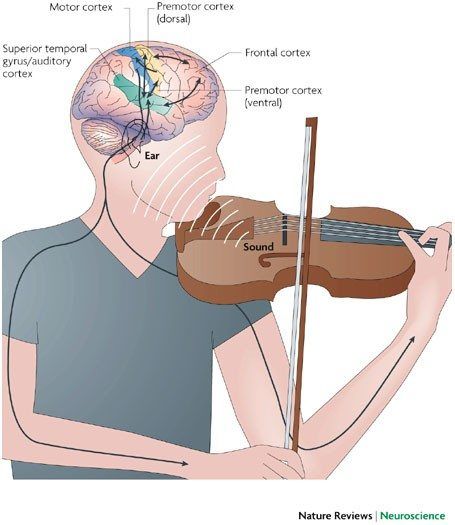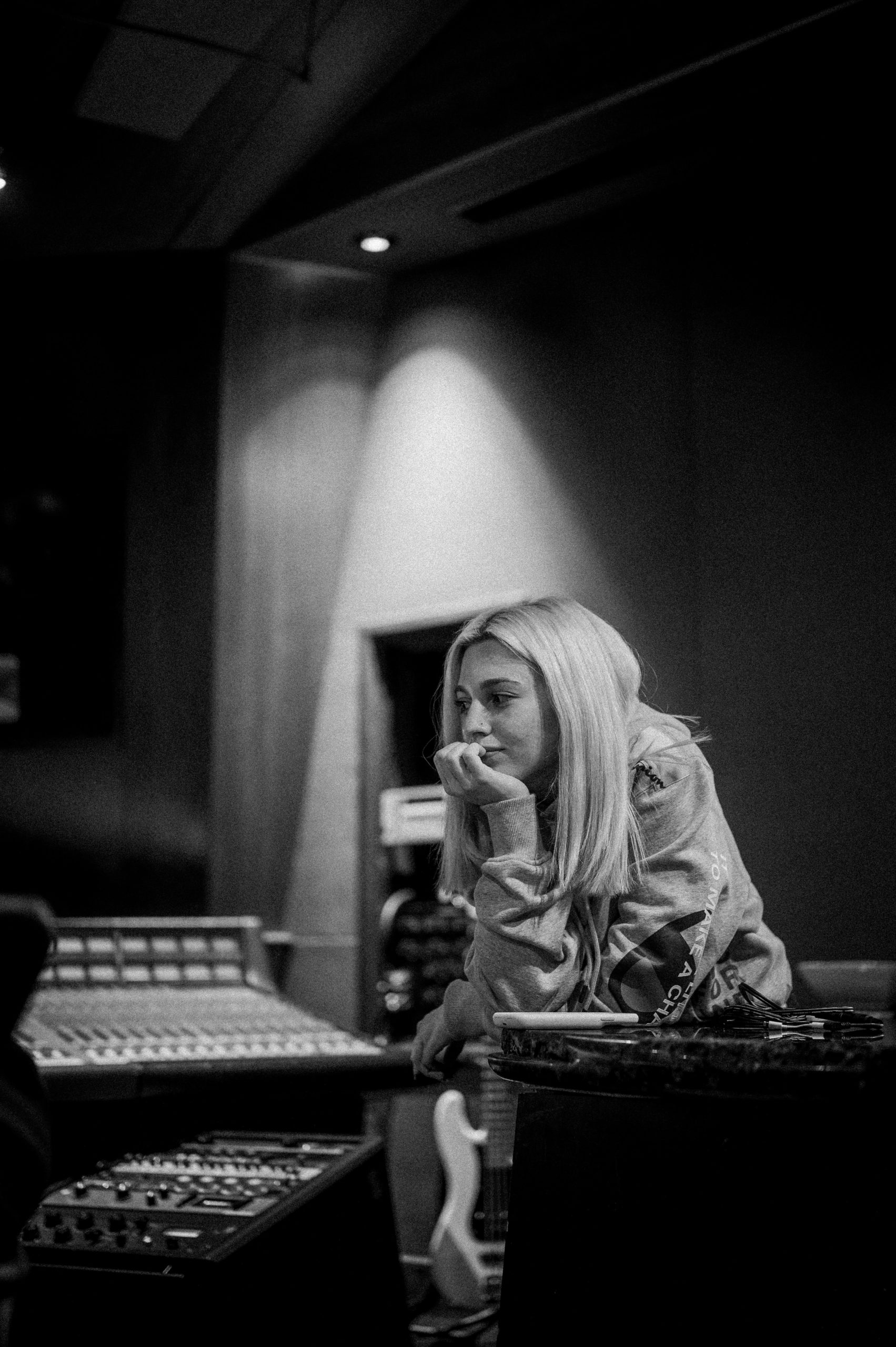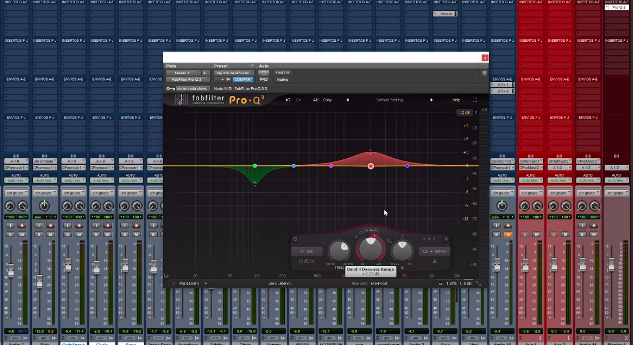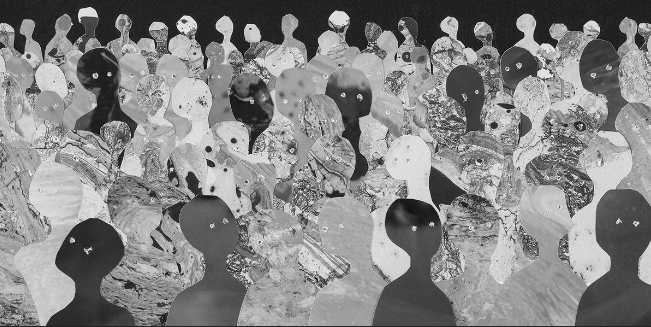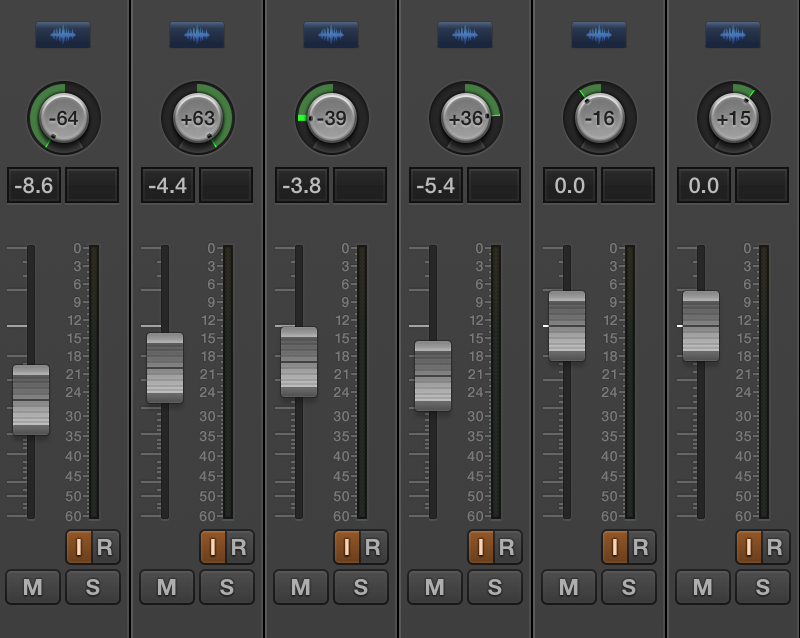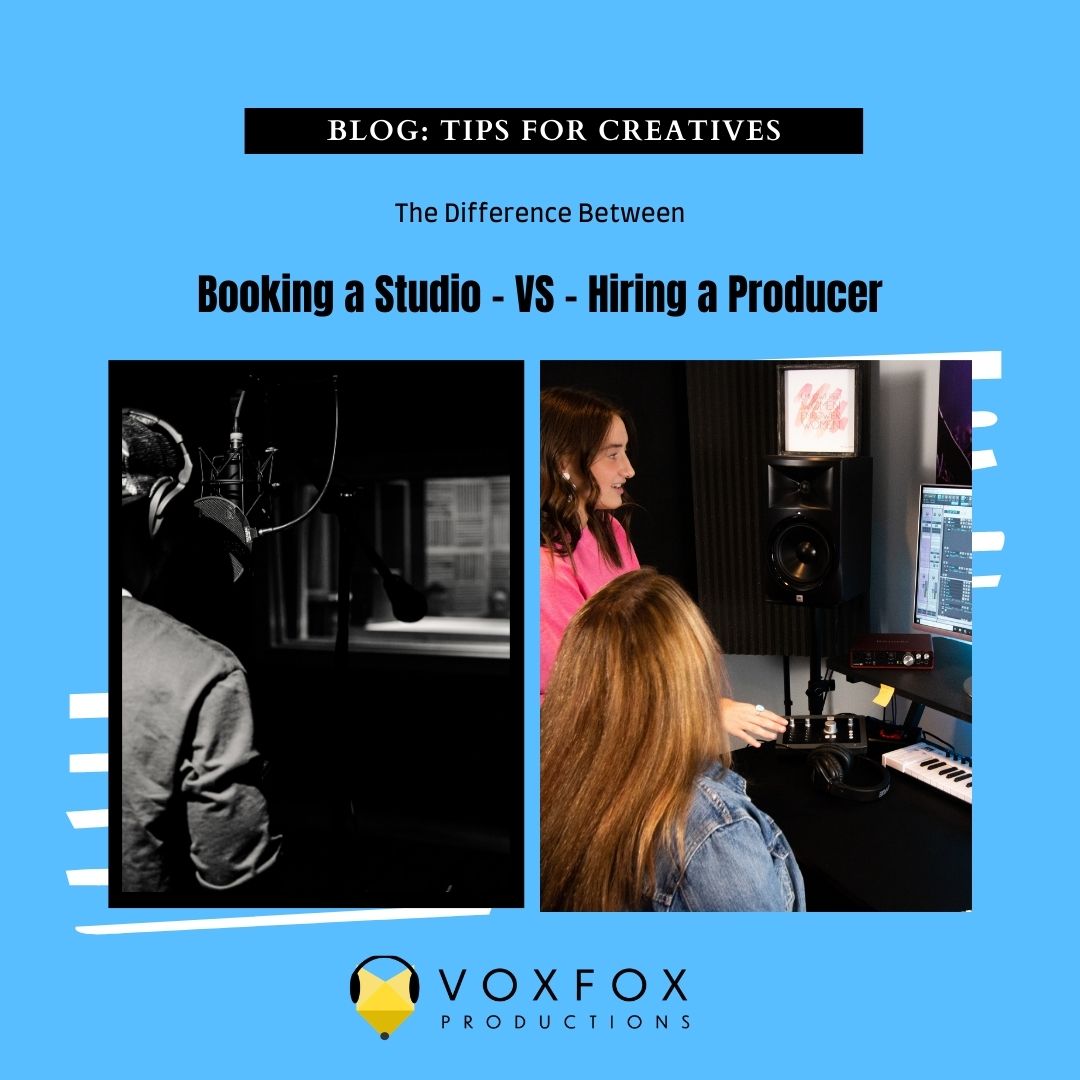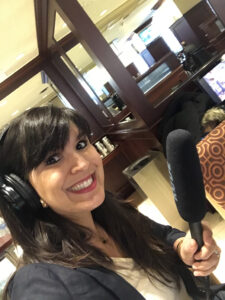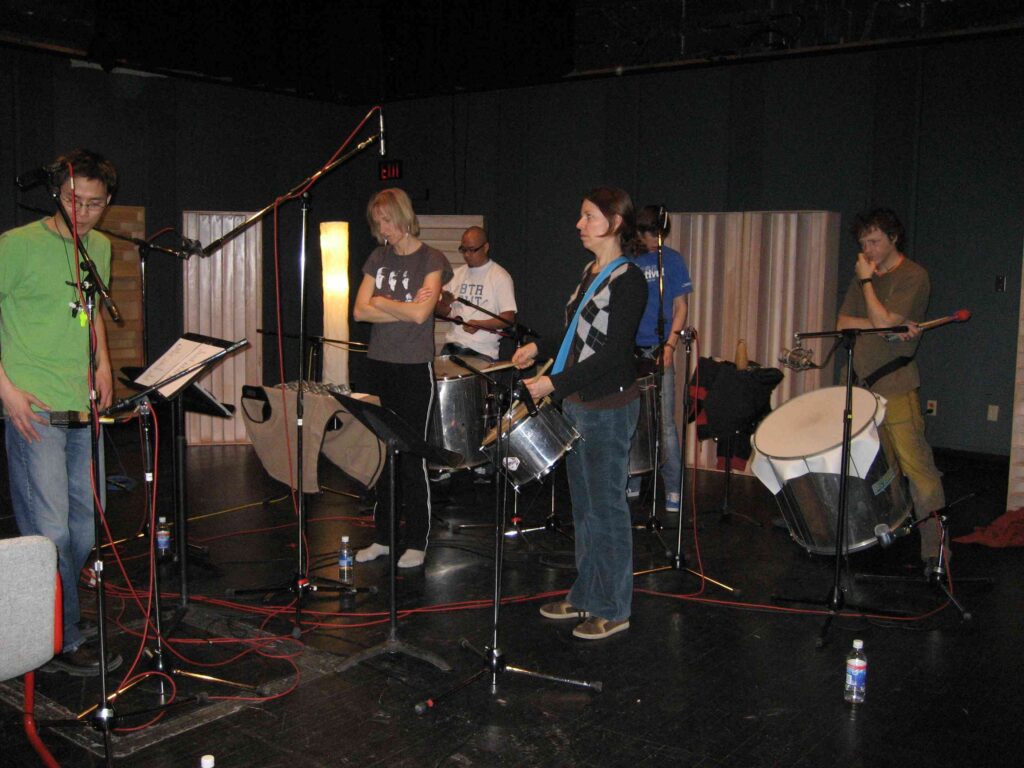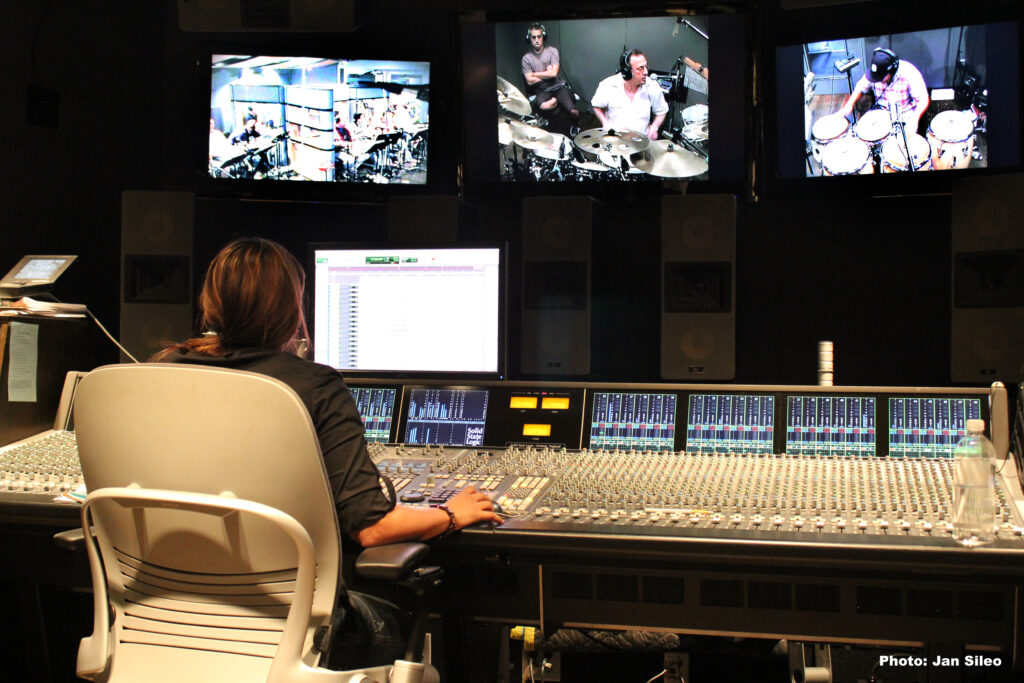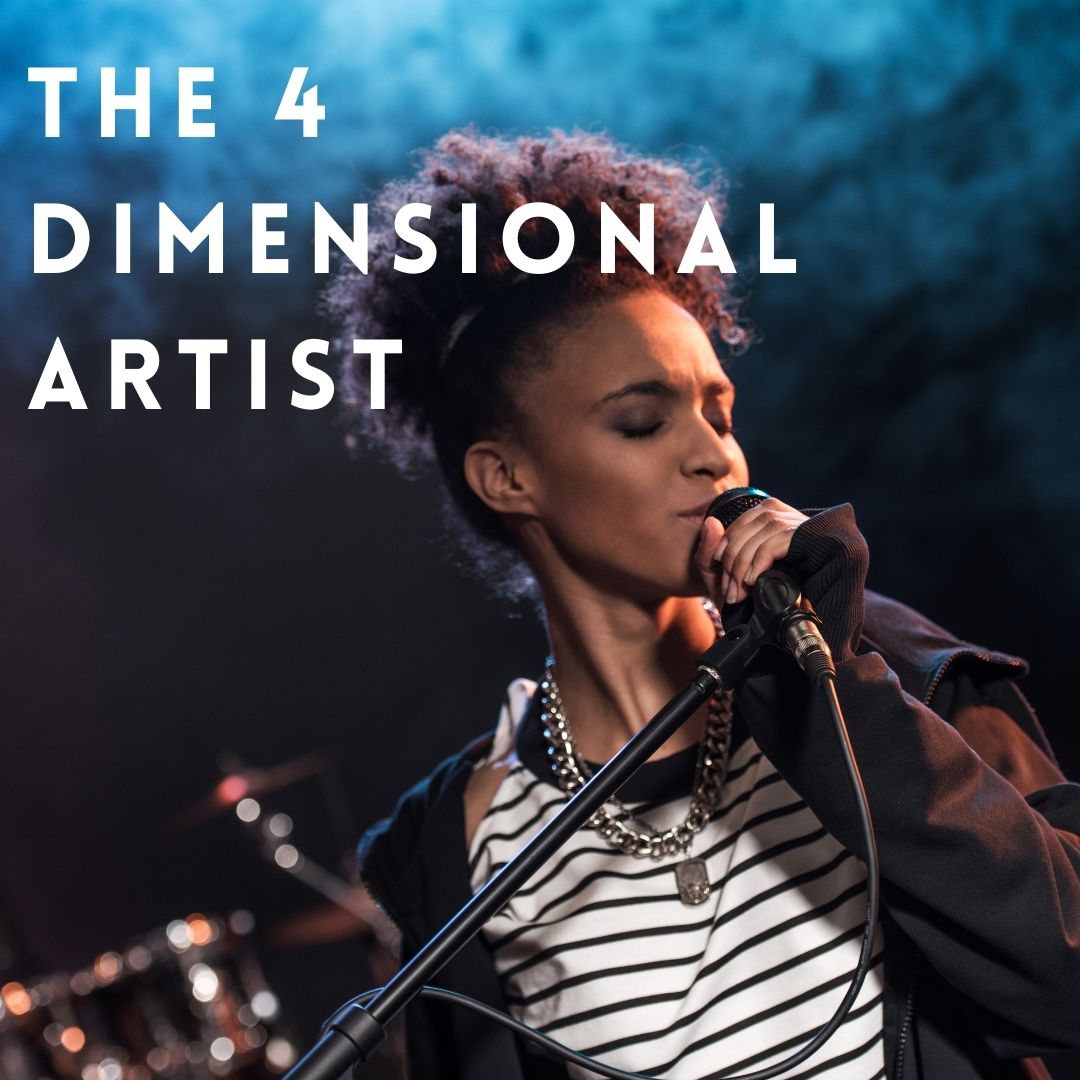
The Four Dimensional Artist
Coaching singers for 30 years, I found that helping an artist become the best they could be went far beyond just good vocal technique. The best singers have other skills that are often not recognized as a skill by casual observers. Even more disheartening, these skills are often not developed in singers, even those working with a great voice teacher. It’s easy to get blinded by the flashy “money notes” or crazy riffing and put all of one’s energy into achieving that bundle of skills.
Yes, healthy vocal technique is essential as is the ability to hit those money notes and do the crazy riffs when the song or moment calls for it. What I’m talking about is the importance of singers developing a deeper skill set that goes beyond this. I like to think of these skills in four different phases or dimensions.
Dimension One
Vocal Technique
Breathing (breath support and breath control), placement, laryngeal positioning, vowel shape, diction, articulation, vibrato, resonance, connection.
Work with a great “technical” teacher who has the ear and the knowledge to help you dial in a healthy voice. This process can take one lesson or several over the course of months but make healthy vocal technique the goal without getting distracted with American Idol auditions.
Dimension Two
Musicianship
Timing, pitch, dynamics, control, aural skills (intervals, tonal center, harmony, etc.), instruments, genres and basic music production understanding.
The understanding of nuanced timing is one of the great tools that a singer has, yet most singers I work with as a recording engineer really struggle in this area. The power you have as a storyteller by pushing the beat, holding back the beat, sitting on top of the beat, etc., separates the “good singers” from the “great singers”. Next level singing comes from developing this important skill along with the ability to improvise, create harmony parts, sing as a great duet partner by listening while singing and so much more.
Dimension Three
Performance
Engaging, stamina, believable, entertaining, connecting with the audience, making the audience feel, mic technique, studio recording.
I’ll always remember an experience I had working with a young, crazy talented singer. She sounded exactly like Christina Aguilera at only 15 years old. I worked with her in the studio, had songwriting sessions with her, I even watched her get into the top 20 on American Idol one year. Yet, we watched her flop time and time again. On the surface, it was easy to scratch our heads and say “What is going on here? Can’t people hear how amazing she sounds?” The truth was that deep inside, I knew what was wrong. She was soooooooo boring! Even just sitting and having a conversation with her was like talking to a wall. It was as if she had no personality. This was nearly 15 years ago and I have no idea where she is or what level of success she has had if any at all. All I know is that her vocal chops were among the best I had ever heard, yet her lack of engagement in conversation and as a performer pretty much stifled any progression in her career. Never underestimate the importance of learning how to “perform”. Whether you are in an interview, a guest on a podcast, an opening act for a local show, performing at an open mic night, or headlining a show. Every individual you communicate with as an artist needs to know you are there for them.
Dimension Four
Mind, Heart and Soul
Vulnerability, believability, peace, rising above, taking criticism in a healthy way, taking accolades in a healthy way, maintaining balance, running a business, being a non-Diva, love yourself, love others, always bring people up, mental and emotional health, overcoming limiting beliefs, overcoming stage fright.
The word “quan” comes from one of my favorite movies, “Jerry Maguire”. If you haven’t seen this moment where Cuba Gooding Jr’s character explains the meaning of quan to Tom Cruise’s character, google it now. The word means “love, respect, community…and the dollars too.” There is no shame in searching for success with music. None at all. However, we can get so focused on what is or isn’t happening in our careers that we fail to see others around us and what value we can add to others’ lives with our talents. I am a firm believer in this concept of giving more than you take in the music community. It will come back around. Focus more outwardly and see what changes might take place in your life and your music career.
Most importantly, seek to keep balance in your life. Make a list of your priorities, including building your music career, your job that pays the bills, your family that needs to know you love them, etc. Make sure your day-to-day activities align with what is most important to you. If it doesn’t, make some adjustments. Are you carving out time for yourself and your mental health? Are you spending too much time “scrolling” and not enough time creating a content schedule, posting, and then getting off your phone? Whatever adjustments you need to make in your life, start tomorrow and create the life that makes you happy.
